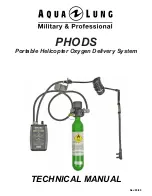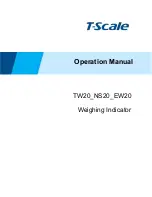
NH
S
A
M
BU
LANCE S
E
R
V
IC
E
Extended Duration Breathing Apparatus (EDBA) Instructor Reference Guide - February 2018, Version 1.0
@
NARU_Education
www.narueducationcentre.org.uk
D
R
Ä
G
E
R
(
P
S
S
)
7
0
0
0
1.0
Increasing deflection of the
diaphragm, during inhalation, pivots
the cam of the main lever against
the secondary lever. The secondary
lever then pivots and presses against
the end cap of the piston - moving the
piston axially against the conical
spring - lifting the piston cone from
its seating and releasing air from
the lung demand valve into wearer’s
face piece.
08
A compression spring attached to
the front cover of the lung demand
valve acts on the diaphragm, then
the pivot levers and the conical
compression spring, lifting the
sealing cone and maintaining a
positive pressure (above ambient)
inside the face piece.
When the wearer stops inhaling then
begins to exhale, the diaphragm,
pivot levers and sealing cone retract.
This cycle repeats as the wearer
begins to inhale.
Dual hose 200-300 bar from the
reducer to the Bodyguard.
Inside the outer EPDM rubber hose
assembly; that attaches to the
Bodyguard
®
; is a fine bore copper
capillary tube that is coil-wound
around a multi-strand length of
phosphor bronze wire.
The capillary tube and wire are then
brazed to each of the end fittings of
the capillary tube assembly.
High pressure air flows through the
bore of the capillary tube to the
pressure gauge (or Bodyguard
®
7000)
via a transducer and not through the
rubber hose.
The LPWW will activate at 55 bar
+/- 5 bar and is louder than 90 dBa.
This uses 3.8 lpm of air.
Hose Lines
Non – kinking, manufactured from
EPDM ( Ethylene-Polpylene-Diene-
Monomer ) rubber and re-enforced
stitching.
Medium pressure hose supplies 6-9
bar to the LDV and supplementary air
attachment. They are flexible, have
free head movement, will not collapse
and will not restrict or close the air
supply when trapped.






































